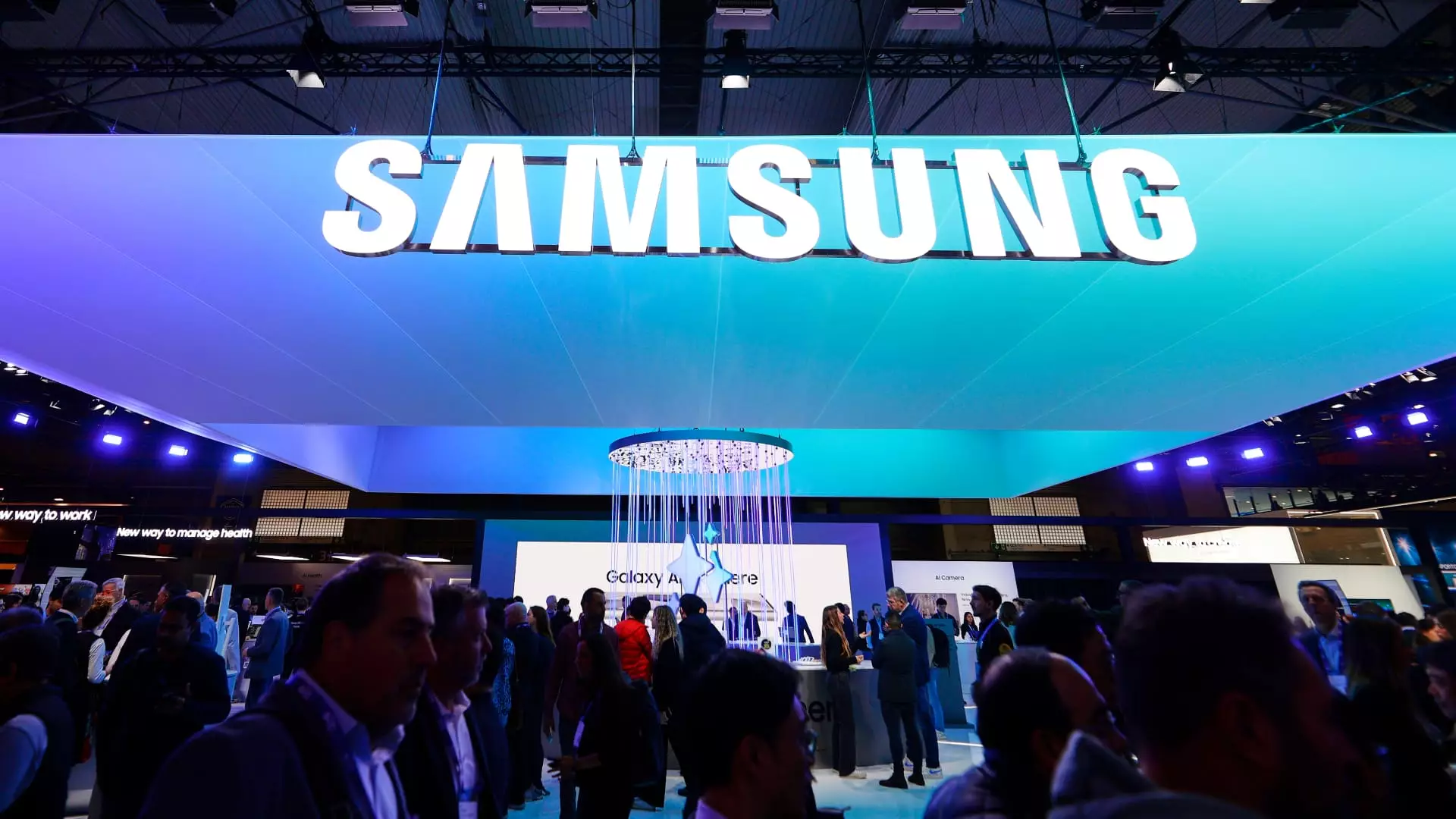Recent communications from Samsung Electronics indicate that the tech behemoth is grappling with unexpected challenges in its memory chip sector. The company’s projections for the third quarter show an anticipated operating profit of approximately 9.10 trillion won, an impressive increase compared to the 2.43 trillion won from the same period last year. However, these results have fallen short when compared to analyst expectations, which had predicted an operating profit of 11.456 trillion won. This disparity highlights the difficulties Samsung faces in a competitive and fluctuating market environment.
Within its guidance, Samsung cited various factors detrimental to its memory business performance. A combination of “one-time costs and adverse effects” pointed to issues such as inventory adjustments due to decreased demand from mobile clients and a surge in exports from Chinese competitors offering legacy memory products. This reality reflects a broader trend in the global tech market, where competition has intensified, and consumer demands are evolving at an unprecedented pace.
While Samsung remains a dominant player in the memory chip industry, it has recognized delays in shipment for critical products, such as high-bandwidth memory (HBM3E) chips, leading to potential losses in crucial contracts. Samsung’s struggles suggest that the company’s penetration in conventional DRAM markets is not as aggressive as it has historically been and raises concerns about its future competitiveness in an industry that tightly matches supply to demand.
Experts like Daniel Yoo from Yuanta Securities Korea express disappointment over the latest figures and comment on the overall decline in demand for legacy chips heavily utilized in PCs and smartphones—markets that Samsung has significantly catered to in the past. Yu highlights that Samsung’s reluctance to captivate market share fiercely is a primary issue moving forward.
Analysts from Macquarie Equity Research have warned that the prevailing downturn in conventional DRAM performance is likely to hurt Samsung more profoundly than its smaller rivals. These sentiments underline the necessity for Samsung to adopt a more flexible approach to its memory supply management. As shifts in technology dictate the consumer’s evolving needs, being agile in production and inventory will be paramount.
Responses to market pressures have led Samsung to implement substantial staff cuts, with reports suggesting a reduction of approximately 30% in certain divisions. Such measures are indicative of the company’s strategic response to streamline operations and navigate challenging economic landscapes. Furthermore, with the company’s shares experiencing a 22% decline year-to-date, investor sentiment reflects a growing sense of caution.
Samsung Electronics will unveil more detailed figures for the third quarter later this month, which should provide further insight into its operational status. As the tech titan seeks to address its challenges, the forthcoming results will be foundational in determining how effectively Samsung can adapt to an increasingly aggressive memory chip market and preserve its leading position.

